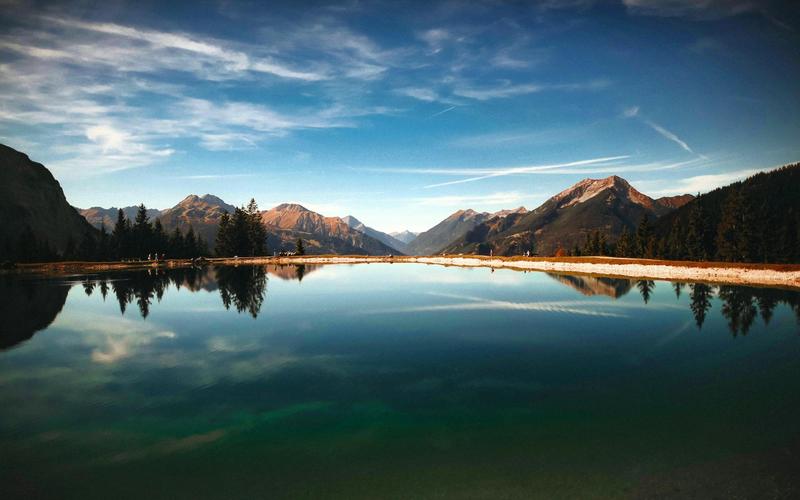Uncovering Pompeii: Fascinating Information About the Ancient City
Pompeii was a Roman city that was famously destroyed by the eruption of Mount Vesuvius in AD 79. Since its rediscovery in 1748, the city has captured the imagination of people worldwide. Visitors to Pompeii today can walk through the streets and explore the houses, public buildings, and temples that once made up this bustling city.
So, what makes Pompeii so special? How has the time-capsule-like quality of the site allowed us to learn so much about life in ancient Rome? Here are some fascinating facts and insights about the ancient city and its cultural significance.
1. Daily life in Pompeii
Pompeii was no different from any other Roman city when it came to the day-to-day lives of its inhabitants. The city was inhabited by a mix of people, including merchants, tradespeople, slaves, and politicians. Pompeii was also home to many wealthy citizens who lived in large villas and owned many slaves.
The city was built on a grid pattern, with streets that ran at right angles to each other. The streets were paved with stone and had raised sidewalks for pedestrians. The houses were built around a central courtyard and were often multi-story buildings.
2. Ancient Infrastructure
One of the fascinating things about Pompeii is the many signs of a highly developed civilization, including a water system consisting of lead pipes that brought water to the fountains, baths, and private homes of the city. The city also had public baths and a public swimming pool, which were an integral part of daily life.
Pompeii also had many public buildings, including temples, forums, and theaters. The city had a large amphitheater, which was capable of seating 20,000 people. The amphitheater was used for sporting events, gladiatorial contests, and other public spectacles.
3. The Roman religion
Religion played a significant role in the daily life of the people of Pompeii. The city had many temples, including those devoted to the gods Apollo, Venus, and Jupiter. The temple of Apollo was arguably the most significant and was the site of many religious ceremonies.
Pompeii also had many shrines throughout the city where people could worship their gods. The city also had a large necropolis where the dead were buried outside of the city’s walls. Tombs and other memorial structures were often built for families, and these tombs could be decorated with beautiful frescoes.
4. Daily entertainment
Pompeii was a city full of life and entertainment. The city had many taverns, restaurants, and cafes where people could enjoy meals, drinks, and conversation. The city also had many theaters, where plays were performed, and the city’s amphitheater hosted gladiatorial contests and other public spectacles.
5. The eruption of Mt. Vesuvius
The eruption of Mount Vesuvius in AD 79 was the event that many people associate with Pompeii. The eruption destroyed the city and the surrounding area. The city was rediscovered in the 18th century, and since then, has provided us with an insight into what life was like in ancient Rome.
In conclusion, Pompeii is a remarkable place that has provided us with many insights into the ancient Roman way of life. The city’s infrastructure, public buildings, and daily life have taught us how one of the world’s greatest civilizations functioned. We can only imagine what other secrets and insights Pompeii will continue to reveal in the future.
(Note: Do you have knowledge or insights to share? Unlock new opportunities and expand your reach by joining our authors team. Click Registration to join us and share your expertise with our readers.)
Speech tips:
Please note that any statements involving politics will not be approved.
